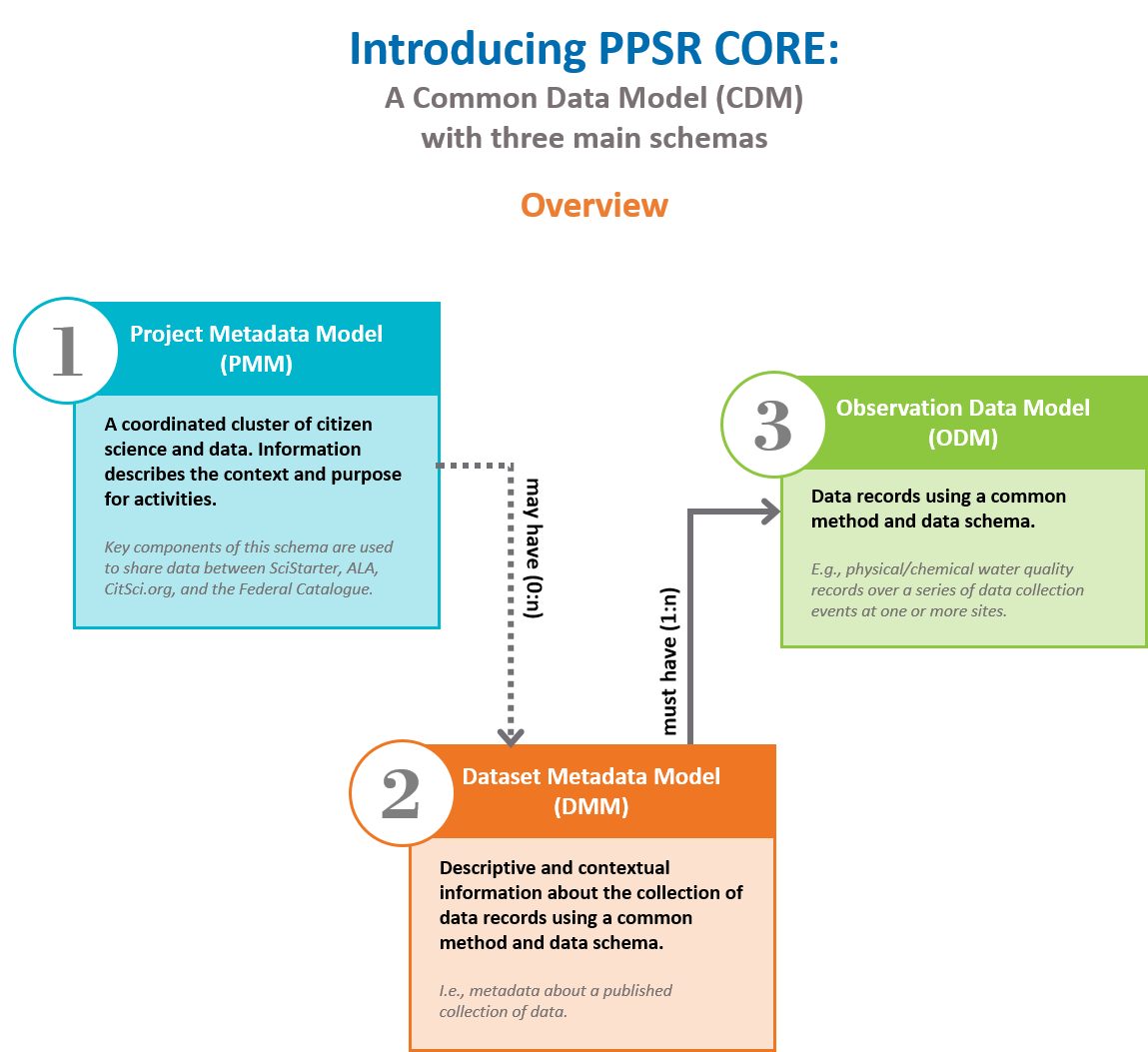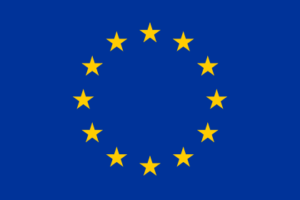Authors: Kirsty Wallis, Thomas Kaarsted, Simon Worthington, Alisa Martek and Dragana Janković.
Library Infrastructures and Citizen Science
Section Editor Kirsty Wallis
v1.0, 2023
Series: Citizen Science for Research Libraries — A Guide
DOI: 10.25815/tz0x‑m353
CITIZEN SCIENCE PROJECTS AND DATA DESCRIPTIONS
When it comes to the search and discovery of citizen science initiatives and their outcomes, we distinguish between the descriptions of projects (or initiatives) and dataset descriptions.

By Sven Schade (ORCID iD: 0000-0001-5677-5209) and Chrisa Tsinaraki (ORCID iD: 0000-0002-6012-0835).
Article DOI: 10.25815/zf1h-yg12
Properly describing a citizen science initiative is important for several reasons. An overall description helps people to get to know the work, to evaluate if the activity might be interesting for them, and to get into contact if interested. Different additional facets might be important for people to understand the context of a given initiative, such as the ways and conditions of participation, information about data management, duration, etc. A clear description of impacts, for example, intended contributions to the Sustainable Development Goals (SDGs), policy goals and social uptake, can help people to understand the overall aim of the activity. One emerging standard to capture required information is Public Participation in Scientific Research (PPSR) Core, which is developed by the International Working Group on Citizen Science Data and Metadata. This standard has, for example, been used in this work of the European Commission Joint Research Centre (JRC). An advisable place to deposit such project descriptions is the European Citizen Science Platform: EU-Citizen.Science.
Describing a citizen science dataset is equally important. Above all, the understanding of the data by the participants, e.g., what is the data set all about, which quality criteria apply, how to contribute data, how can the data set be analyzed, etc. The understanding of the data by others is another important factor, for example, for reuse (if desired) or when legitimizing the recognition of the citizen science data for a particular purpose, such as enrichment of environmental monitoring. It is equally important to raise the visibility and recognition of the work carried out, and being transparent about the outcome of the citizen science activity. Examples of how datasets might be described are to a degree topic specific (especially when it comes to quality criteria). General standards for describing data sets exist, such as the Data Catalogue Vocabulary (DCAT) that is among others used by the JRC Data Catalogue. The US Environmental Protection Agency provides a valuable handbook that can help to develop what is needed in terms of quality assurance. Overall, it is advisable to consider existing data infrastructures for providing access to citizen science data – as, for example, done in projects such as My Ocean Sampling Day (integrating their findings into existing marine data infrastructures) or SamenMeten (extending the existing infrastructure of the Dutch National Institute for Public Health and the Environment on air quality measurements).
Bibliography
User Type
- Educator/museum
- Researcher/research institution
Resource type
- Collecting and processing data
- Digital tools
Research Field



